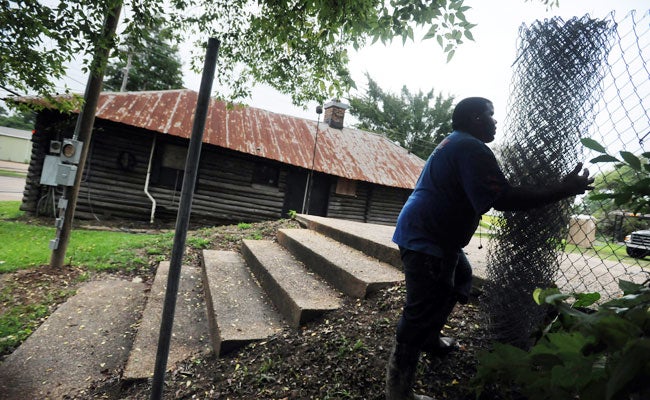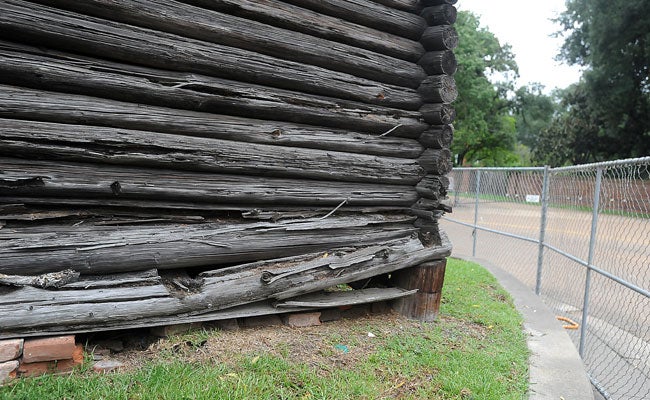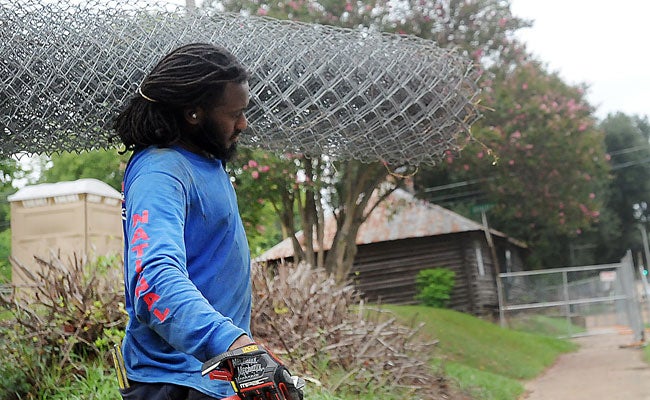Log cabin next focus for Fort Rosalie site
Published 12:43 am Tuesday, August 9, 2016
NATCHEZ — Though it was never truly representative of the French structures that once occupied the site, work has begun to stabilize the log cabin at Fort Rosalie because it does represent an important part of Natchez’s history.
Natchez National Historical Park formally dedicated the Fort Rosalie grounds as its third national park site in Natchez last week. The site, where French settlers built a fort on the Natchez bluff, represents not only the first major European construction but also the early conflict with the Native American population.
The log cabin, located on the corner of the property at D.A. Biglane and South Canal streets, was not an original part of the fort site and was most recently occupied by Fat Mama’s Tamales until 2008.
The cabin does represent an early part of Natchez’s tourism industry, however, and was built in the late 1930s, at the same time the Natchez Trace Parkway was created and only a few years after the start of the Natchez Pilgrimage, Natchez National Historical Park Superintendent Kathleen Bond said.
“Jefferson Davis Dickson developed that as a tourist attraction right at the end of the 1930s,” she said. “It is part of playing up the historical character of Natchez that was happening at that time. This log cabin was the ticket and gift shop.”
When the cabin opened along with several other structures at the site, it was advertised as being “exactly like the French fort,” Bond said, a claim that wasn’t exactly truthful.
“They were not the kind of structures the French would have built in the 1700s,” Bond said. “(Dickson) had seven or eight buildings to represent the entire fort, when we know the land the fort sat on is gone.”
Bond said the work at the cabin will include replacing the four lower courses of logs — which are rotting — and changing the roof from metal to wood shingles, which would be returning it to what pictures testify was its 1930s state.
The patio area that was added later in the back may have to be removed because it has created runoff problems, but that is still being evaluated, Bond said.
The work should take approximately four months.
Once the exterior stabilization is complete, the park service can go into a planning process for what will happen with its interior, Bond said.
“I think it will be a great place for how to interpret the history of early Natchez tourism, because we don’t want to confuse people that this is what a French fort actually looks like,” she said.









